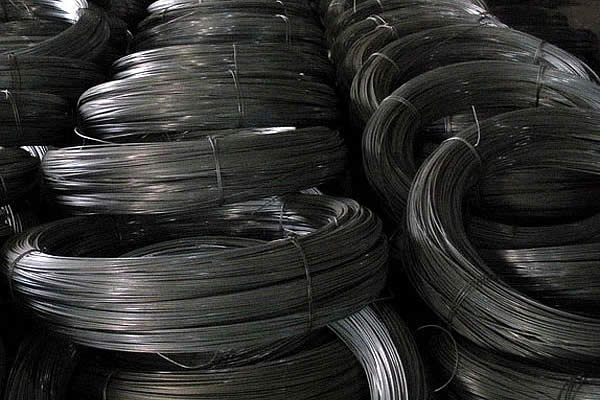 TEL:
+86-13102802206
TEL:
+86-13102802206
 Email:
fencenetting@china.com
Email:
fencenetting@china.com
 Language
Language
 TEL:
+86-13102802206
TEL:
+86-13102802206
 Email:
fencenetting@china.com
Email:
fencenetting@china.com
 Language
Language


Rock Baskets for Retaining Walls An Effective Solution for Erosion Control
Retaining walls are essential structures in landscaping and civil engineering, designed to hold back soil and prevent erosion in various terrains. One innovative approach to creating these retaining walls is the use of rock baskets, also known as gabion baskets. These structures provide a robust and aesthetically pleasing solution to soil retention and erosion control.
What are Rock Baskets?
Rock baskets are wire mesh containers filled with stones or rocks. They come in various sizes and shapes, designed to fit different project requirements. The wire mesh is typically made of galvanized steel, which ensures durability and resistance against corrosion. When filled with rocks, these baskets effectively create a solid wall capable of withstanding the lateral pressure of soil. The open structure of the baskets allows for drainage, thereby reducing hydrostatic pressure and the risk of wall failure.
Benefits of Using Rock Baskets
1. Erosion Control One of the primary benefits of rock baskets is their ability to control erosion. By stabilizing slopes and stream banks, these structures minimize soil displacement caused by water runoff and high winds.
2. Aesthetic Appeal Rock baskets can add a natural aesthetic to a landscape. The visible rock fill can blend with the environment, making them an attractive choice for parks, gardens, and residential properties. They can also be customized with different types of stones to achieve a desired look.

3. Eco-Friendly Solution Using natural materials for rock basket construction promotes environmentally sound practices. The rocks can often be sourced from local quarries or even recycled materials, leading to a lower carbon footprint compared to traditional concrete retaining walls.
4. Cost-Effectiveness Rock baskets are often less expensive than traditional retaining wall options. The simplicity of their construction means lower labor costs, and the materials used can be locally sourced, reducing transportation expenses.
5. Flexibility and Adaptability Rock baskets can be easily adjusted to fit various site conditions. They can be stacked and configured in numerous ways to create walls of different heights and shapes, accommodating various landscaping needs.
Installation Process
The installation of rock baskets is relatively straightforward. The first step involves excavating the area where the retaining wall is to be constructed. Once the ground is prepared, a foundation layer of compacted gravel may be laid to ensure stability. The wire mesh baskets are then assembled and filled with appropriately sized rocks. It’s crucial to ensure that the rocks are tightly packed to prevent movement within the basket. After filling, the baskets are set in place, and additional layers can be added as needed to reach the desired height.
Conclusion
In conclusion, rock baskets offer a versatile and attractive solution for retaining walls, combining functionality with environmental friendliness. Their benefits, including erosion control, cost-effectiveness, and aesthetic appeal, make them a preferred choice for many construction and landscaping projects. As the demand for sustainable building practices increases, rock baskets will likely play a more significant role in the future of landscape architecture and civil engineering. Whether in urban settings, rural landscapes, or along waterways, rock basket retaining walls represent a harmonious blend of utility and nature, ensuring both stability and beauty in our surroundings.